There can be your advertisement
300x150
Blurring the Boundaries Between Interior and Exterior Spaces: The Rise of Sunrooms in Modern Home Design
Highlighting the seamless integration of interior and exterior zones, modern architecture is changing our relationship with the surrounding environment. Contemporary home design primarily consists of sunrooms and enclosed patios, which allow residents to enjoy panoramic views outward and natural lighting while maintaining indoor comfort. Providing a blend of design and functionality, these transitional spaces help bridge the gap between traditional interiors and external conditions.
In moderate and subtropical climates such as Florida, demand for patio enclosures and sunrooms in Tampa is growing. Homeowners invest in these adaptable spaces to enjoy rich views of nature year-round without worrying about harsh weather conditions. Often equipped with large glass panels, sunrooms allow residents to enjoy the beauty of nature while remaining protected from seasonal temperature fluctuations, humidity, and insects.
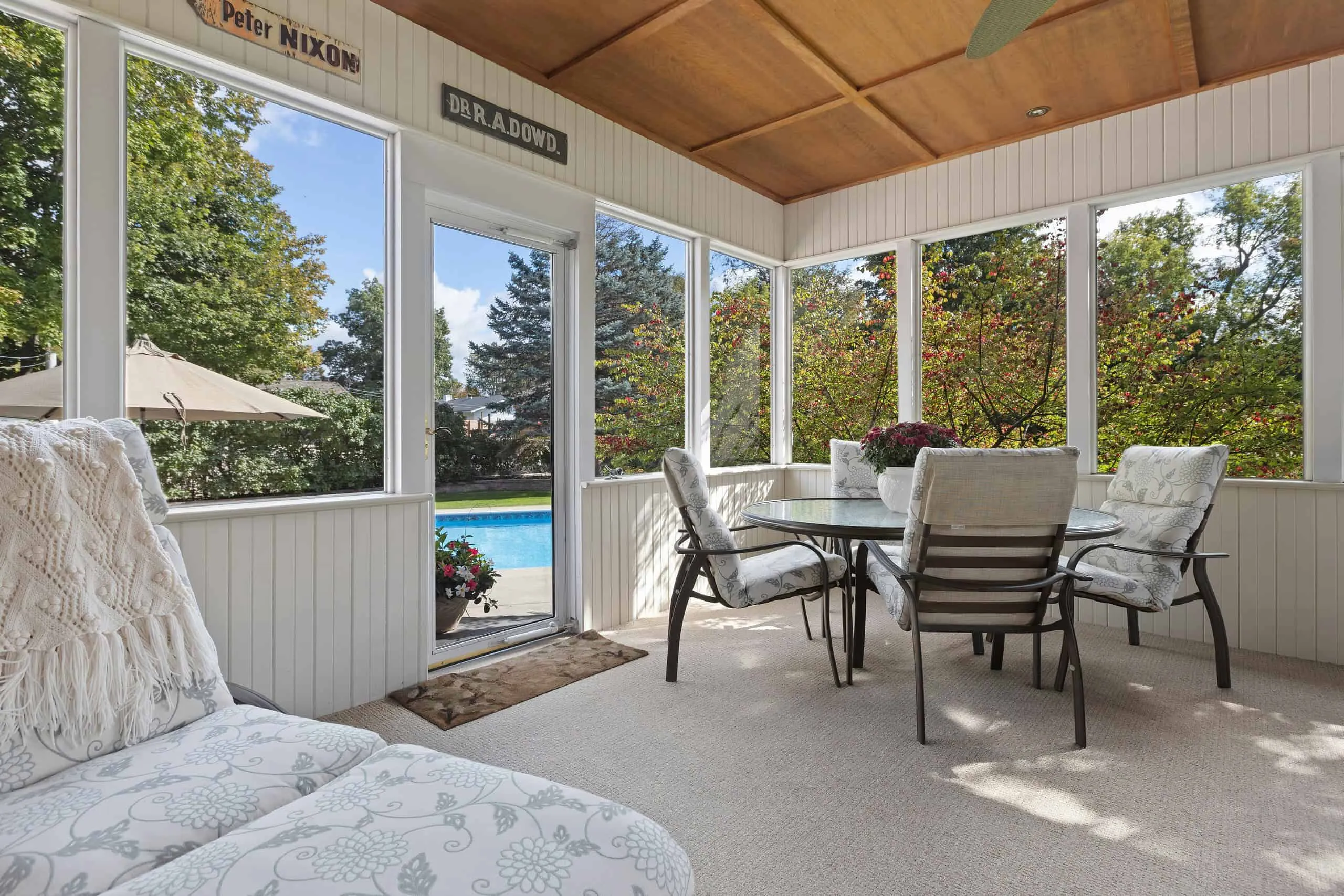
Architectural Appeal of Sunrooms in Modern Homes
From simple enclosed porches, sunrooms have evolved into complex design elements that enhance both the form and functionality of a home. These spaces, sometimes used as dining rooms, home offices, or extended recreation areas, have become essential components of modern home design. Utilizing advances in glass technology and materials, architects and designers create sunrooms that seamlessly integrate into the overall style of a house.
Contemporary sunroom designs often include energy-efficient roofing solutions, sliding windows, and floor-to-ceiling glass walls. These features optimize natural daylight, reduce energy consumption, and create a light and open atmosphere. Whether included in a classic suburban home or a modern modest dwelling, a well-designed sunroom can accentuate the architectural quality of property and increase its overall functionality.
Enhancing Natural Light and Energy Efficiency
Sunrooms primarily attract homeowners because they allow natural light to fill their living spaces. Studies show that daylight helps improve mood, boost productivity, and overall well-being. Sunrooms use sunlight to create warm and appealing interiors, unlike traditional upgrades that depend mainly on artificial lighting.
Modern sunroom designs also prioritize energy conservation. Reduced reliance on heating and cooling systems comes from advances in low-emissivity (Low-E) glass and insulated window systems that help control indoor temperatures. Sunrooms are sometimes built with ventilation systems that allow passive cooling in areas like Tampa, where hot weather dominates most of the year, thereby reducing the need for air conditioning. Sunrooms should be strategically placed to enhance shading and ventilation so homeowners can significantly reduce their energy consumption without compromising indoor comfort.
Increasing Property Value and Functional Space
Sunrooms not only enhance the visual appeal and ambiance of a home but also increase its real-world value. Real estate professionals note that homes with well-designed patio enclosures and sunrooms often attract higher market prices due to the expanded living space. Especially in climates where year-round outdoor living is preferred, these modifications appeal to consumers seeking homes that combine elegance and functionality.
Another important feature of a sunroom is its adaptability. It can serve as a cozy reading nook, a clean and well-ventilated home office, or a family entertainment zone. Sunrooms are often constructed faster than traditional home extensions requiring significant construction work, saving homeowners, especially if they want to expand their living space.
The Future of Interior-Exterior Living
The rising popularity of patio enclosures and sunrooms in Tampa and surrounding areas reflects a broader shift in modern architecture — one that places harmony between artificial environments and nature at the forefront. Sunrooms will always be a defining element of modern home design, as homeowners continue to seek spaces that provide comfort and connection with nature.
As materials and sustainable building technologies continue to evolve, there is almost unlimited potential for creativity in sunrooms. Whether intended as a quiet retreat, an energetic entertainment zone, or a functional workspace, these adaptable spaces will undoubtedly influence both interior and exterior life in the future.
More articles:
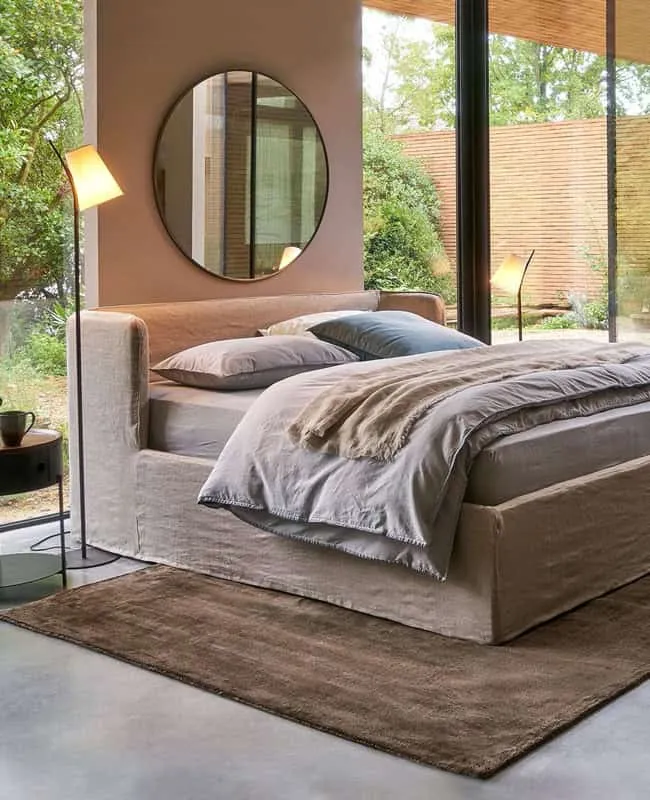 Adult Bedroom Storage Beds
Adult Bedroom Storage Beds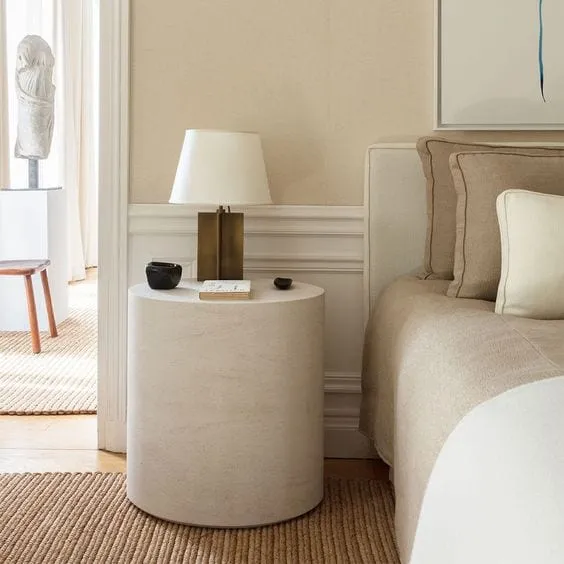 Nightstand: tips and purchase
Nightstand: tips and purchase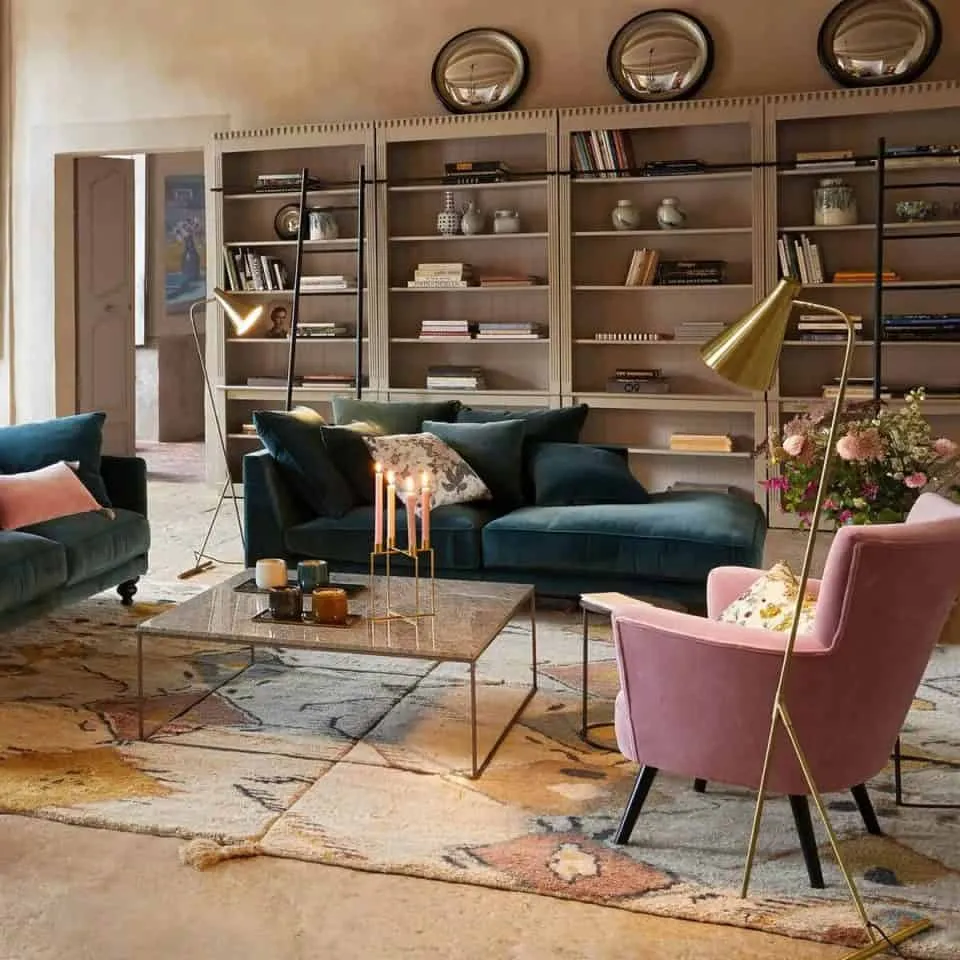 Start the New Year with a Magical Mirror for Wall Decoration
Start the New Year with a Magical Mirror for Wall Decoration Beginner's Guide to Choosing Art for Your Home
Beginner's Guide to Choosing Art for Your Home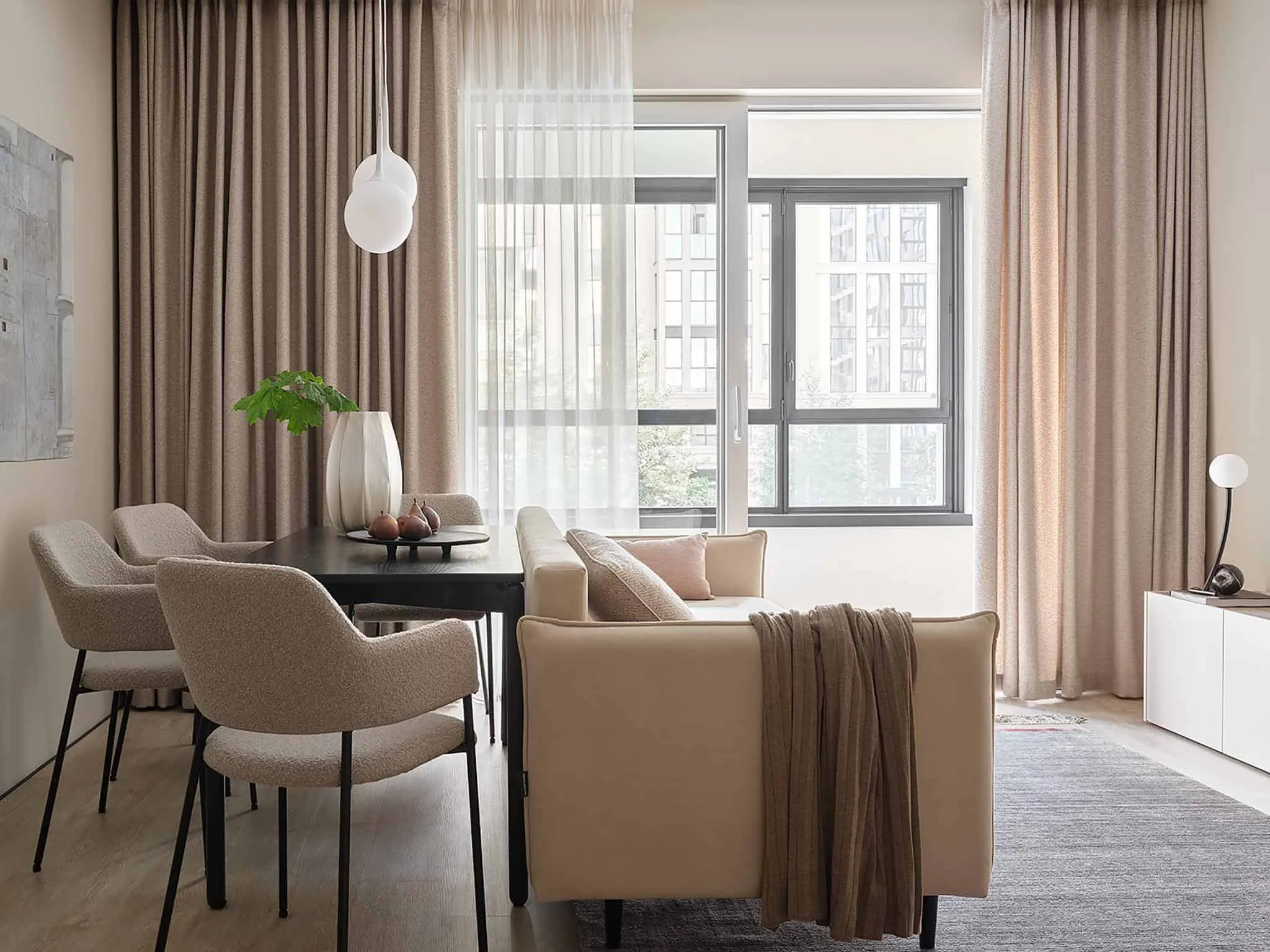 Beige Apartment by Alexander Tishler in Yekaterinburg
Beige Apartment by Alexander Tishler in Yekaterinburg Beige Porcelain Ceramic Tile for the Perfect Kitchen
Beige Porcelain Ceramic Tile for the Perfect Kitchen Baizhin Sin Guan Ye Lai Cultural-Media Office Space by CUN DESIGN: Redefining Connections Through an X-Shaped Hub
Baizhin Sin Guan Ye Lai Cultural-Media Office Space by CUN DESIGN: Redefining Connections Through an X-Shaped Hub Visitor Pavilion of Beijing Zhima Health Digital Factory / WUUX Architecture Design Studio / China
Visitor Pavilion of Beijing Zhima Health Digital Factory / WUUX Architecture Design Studio / China